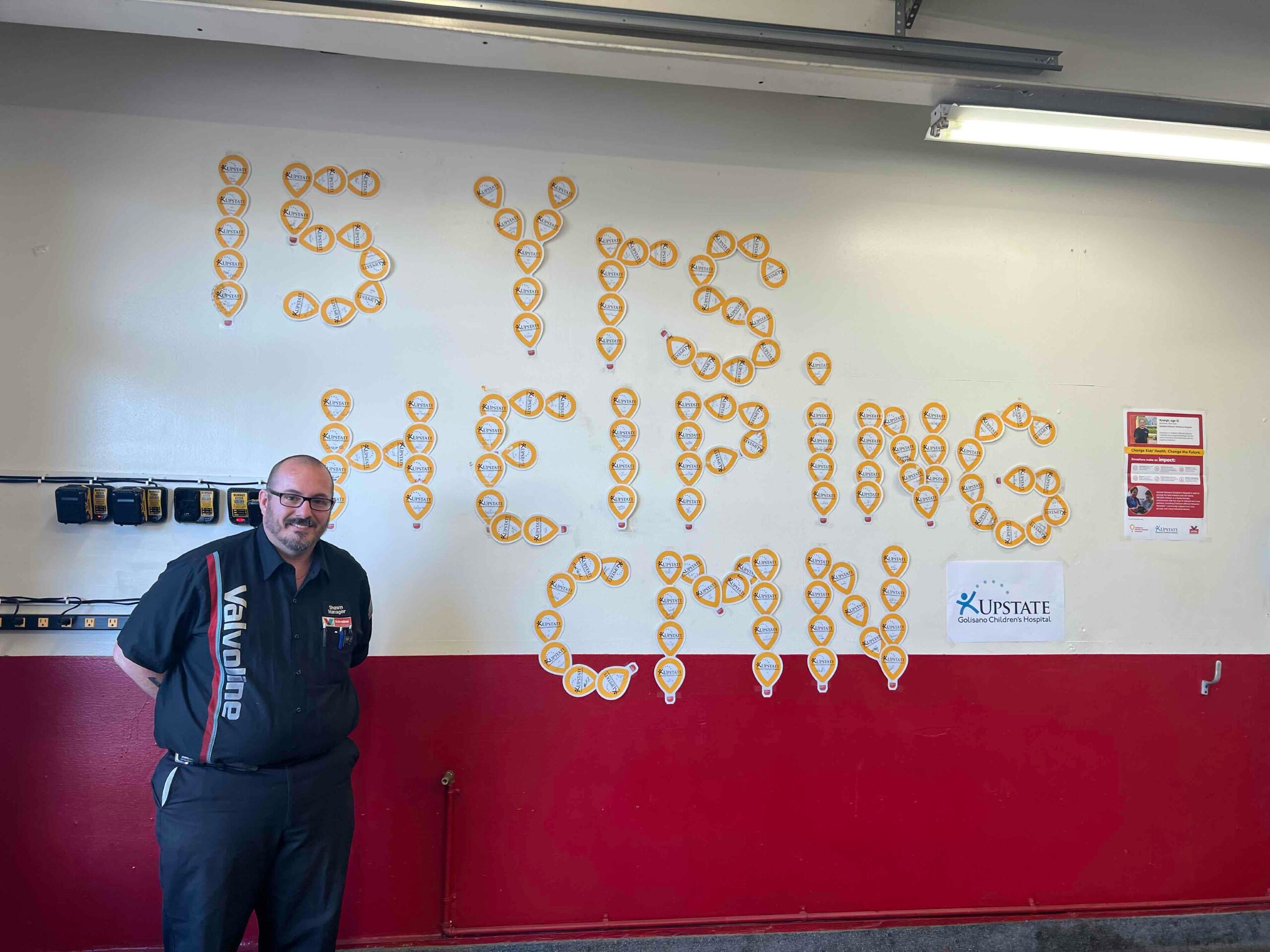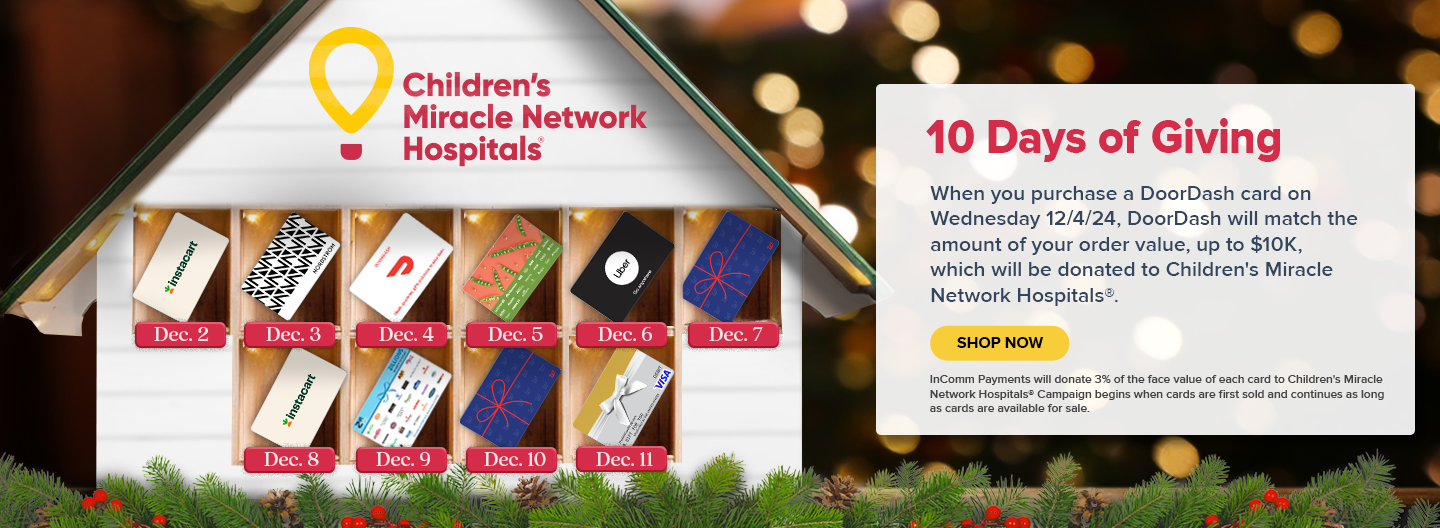A Lasting First Impression: Tips on how to craft your resume
Crafting a fantastic resume is something of an art. It can feel like a daunting task to develop a first impression with a few digital files. Cramming your experience onto one sheet of paper is possible and these tips can help you get a jump on how to successfully market yourself to your potential employer. Time and time again, I see resumes come across my desk with major red flags. You may feel like you’ve got a good grasp on your resume, but keep reading to make sure it checks each box detailed below.
Every resume should have basic components: contact information, summary statement, professional experience and education. How you portray these components on a document will convey your style. Do you prefer to make use of geographical shapes and color within your resume? Or do you prefer clean lines and bullet points? Whichever direction you go, ensure that you capture all basic components and information within your document.
Contact Information: It seems obvious – list your name, best number to reach you and an email address. This helps potential employers find your contact information quickly and easily. Tip: Make sure your email address on your resume matches the email address you used to apply for the position. I’ve emailed potential candidates before at the email listed within their resume, and candidates weren’t checking that email for correspondence.
Summary Statement: A resume summary statement is a short paragraph that highlights your skills and experience. This summary ultimately communicates your unique value and should be specific to the role you’re applying for. Tip: Bold portions of the summary statement you want to stand out to a potential employer. For example: Did you “increase fundraising by 20%“, or “maximize efficiencies yielding 10% return on investment“? Bold these statements so the hiring manager can quickly find them.
Once you have your basic components, it’s time to decide what is relevant to include. Each resume and accompanying cover letter should be specifically tailored for the role you’re applying for, punctuating why you’re the best candidate for the job.
Professional Experience: This section of your resume should include relevant work and volunteer experience. Be sure to include both the company and timeframe. Go beyond listing your responsibilities, and level up by featuring the quantitative results.
For example, if you’re an outgoing executive director of a dance marathon, you might be tempted to write something like:
Executive Director
- Oversaw largest student philanthropic organization on campus
- Led a team of 20
- Raised $100,000
Instead, consider crafting your experience this way:
Executive Director
- Oversaw largest student philanthropic organization on campus
- Led a team of 20, fostering growth and development of team members through peer management and delegation
- Raised $100,000, a 15% year-over-year increase for the local Children’s Miracle Network Hospital
- Personally fundraised $5,000, a 12% year-over-year increase
In your descriptions, make sure you utilize the correct tense of each verb. For example:
- Developed an ongoing three-year strategic plan including mission and vision statements that resulted in several new partnerships across the university and community
- Manage Internal and External Committees, with constant communication to a 17-person Board
Developed is past tense while Manage is present – make sure your verbs match! If it’s a job you no longer do, then it should be past tense. If it’s your current job, it should be present tense.
Education: Include your degree, the issuing institution and specified college or department, and any honors you received.
Skills, Certifications and References: If you have additional room in your resume, go back to your professional experience and make sure you’ve represented yourself as thoroughly as possible. If you still have additional room, consider adding in specific skills, certifications or references. These could include certifications in Adobe or Microsoft Suite, your Strengths Quest results, or Myers Briggs personality assessment results.
Once your resume is complete, proof read it. Now proof read it again. Now read it out loud, two or three times. Let your resume sit for a day, then read it once more. Now ask three friends you trust to give you honest feedback to proof read it. This seems like a bit of extra work, but nothing is worse than having your resume thrown out, regardless of how qualified you are, because of simple formatting errors or typos.
Tip: When you’re ready to save your final resume file, save as a PDF with the naming convention “FirstName_LastName_Company”. Many potential employers download resumes to read digitally, and if it is saved as “Resume1” it may be passed over or missed completely. As a hiring manager, this makes my job much easier when searching for your digital file in my downloads.
And now you’re ready to submit!






